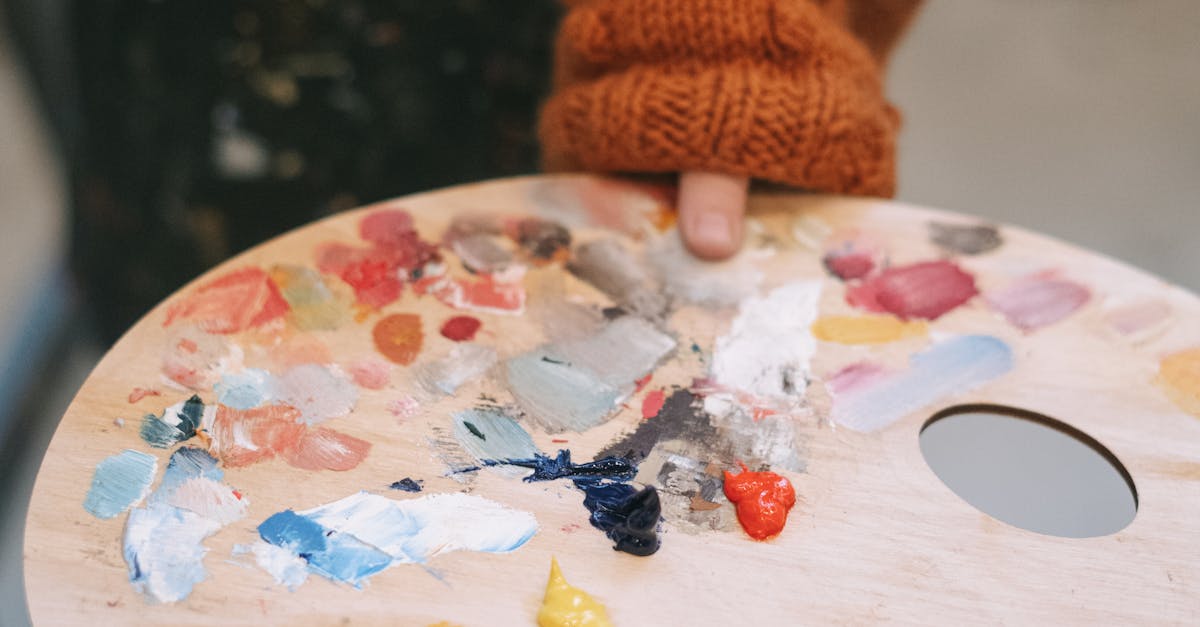In the realm of therapeutic activities for nurturing mental health, painting stands out as a powerful tool for self-expression, mindfulness, and emotional healing. Among the various painting mediums, oil painting holds a special place due to its rich textures, vibrant colors, and meditative process. In this article, we will explore five key features of oil painting that not only make it a captivating art form but also a beneficial practice for promoting mental wellness.
1. Emotional Expression and Release:
Oil painting provides a unique avenue for individuals to express their deepest emotions and inner thoughts without the need for words. The fluidity of the oil paint allows for smooth blending and layering, enabling artists to convey complex feelings and experiences on canvas. This process of emotional expression helps individuals release pent-up feelings, reduce stress, and gain a sense of catharsis through their art.
2. Mindful Focus and Relaxation:
Engaging in oil painting requires a high level of focus and concentration, drawing the artist’s attention away from external distractions and worries. The meticulous brushwork, color mixing, and composition planning demand a present-moment awareness that promotes mindfulness and relaxation. Through the rhythmic strokes and gentle movements involved in oil painting, individuals can enter a state of flow where worries fade away, and a sense of calm prevails.
3. Sensory Stimulation and Therapeutic Sensations:
The sensory experience of oil painting contributes significantly to its therapeutic benefits. The tactile nature of oil paint, with its buttery texture and luscious feel, engages the sense of touch and enhances the overall creative process. The act of applying paint to canvas, feeling the resistance and flow of the medium, can be profoundly soothing and stimulating at the same time. This sensory stimulation not only nourishes creativity but also provides a grounding effect that can alleviate anxiety and promote mental clarity.
4. Creation of a Safe Emotional Space:
Oil painting offers individuals a safe and non-judgmental space to explore their inner world and confront challenging emotions. The act of creating art allows individuals to externalize their internal struggles, fears, and hopes, offering a form of self-therapy that supports emotional growth and self-awareness. Through the process of painting, individuals can gain insight into their mental landscape, develop resilience, and cultivate a sense of empowerment over their emotions.
5. Connection to Artistic Legacy and Self-Discovery:
Engaging in oil painting connects individuals to a rich artistic legacy that spans centuries, offering a sense of continuity and belonging in the creative realm. Through exploring the techniques and styles of master painters, individuals can discover their own artistic voice and unique expression. This journey of self-discovery through painting not only fosters a sense of accomplishment and fulfillment but also deepens one’s understanding of oneself and the world around them.
Conclusion:
Oil painting, with its blend of sensory stimulation, emotional expression, and mindful focus, serves as a powerful ally in promoting mental health and well-being. By embracing the therapeutic features of oil painting, individuals can embark on a transformative journey of self-discovery, emotional release, and creative growth. Whether you are a seasoned artist or a novice explorer of the painting world, incorporating oil painting into your self-care routine can lead to profound benefits for your mental health and overall sense of fulfillment.


